One of the most enduring mysteries of the 20th century and beyond: What happened to Amelia Earhart?
81 years after her disappearance during a flight over the massive Pacific Ocean, while attempting to circumnavigate the globe, the legend endures. Yet many historians believe that not only was the American icon an overrated pilot, but she wasn’t in the same class as some of the other female pilots in the early days of aviation.
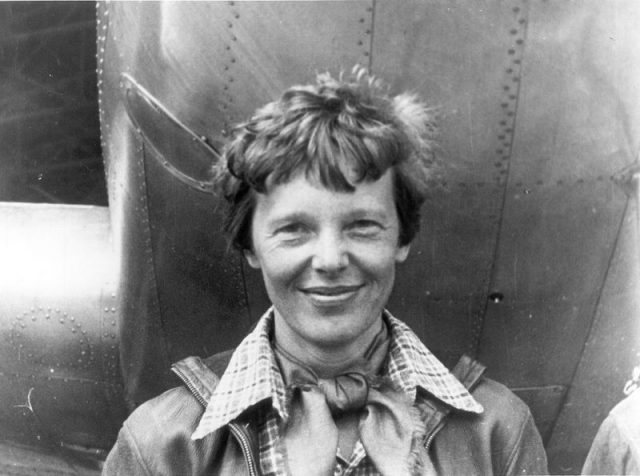
Simply put, Earhart’s actual skill at 10,000 feet couldn’t quite match her sheer courage and talent for creating headlines. Early on, Earhart showed an alarming propensity for wrecks, though twisted metal and bruised ego aside, the mishaps weren’t serious.
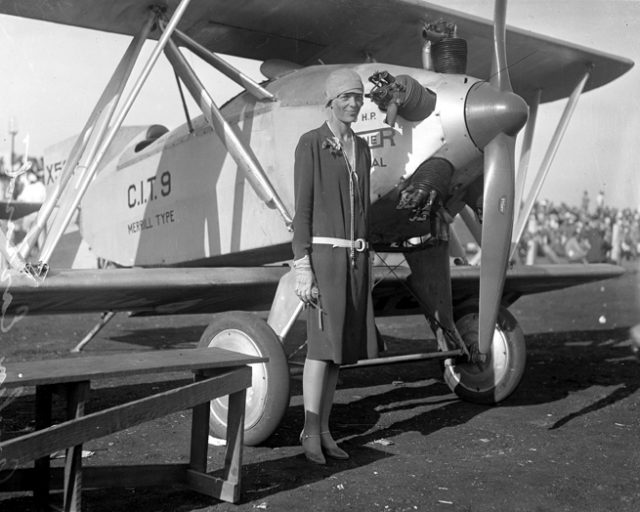
Her first headline came in 1928, when Earhart became the first woman to cross the Atlantic in a plane — though she rode shotgun. (Pilot Bill Stultz and Slim Gordon, the mechanic, had done the actual flying.) No matter: Earhart was hailed as “Lady Lindy” by a fawning press and adoring crowds.
In 1932, she struck out on her own, flying across the Atlantic — the first woman and the second person, five years after Charles Lindbergh, to make the trip. In 1935, she became the first pilot to fly solo across the Pacific, from Honolulu to Oakland.
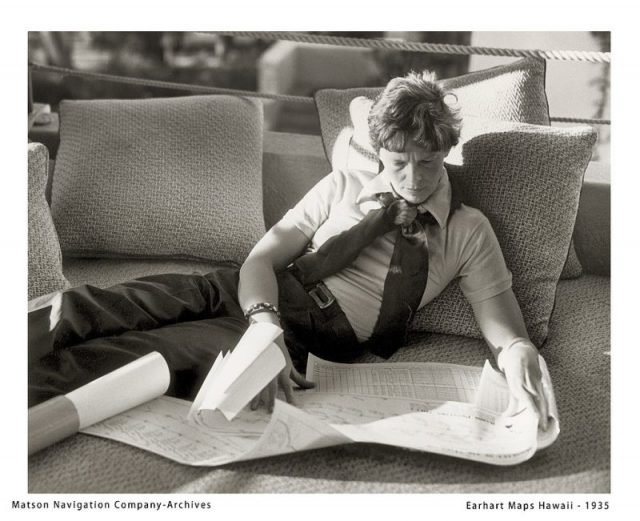
Earhart would go on to break other records. Even so, she wasn’t in the same league as some of the other outstanding women pilots of her day. While she was dining with Franklin and Eleanor Roosevelt at the White House, this group of pioneers were racking up truly incredible achievements. Elinor Smith set out on a solo flight in 1926, at the age of 15.
Three years later, she set two endurance records and the women’s world speed record. In the 30s, she would find her way to Hollywood, where she worked as a stunt pilot in movies.
Louise Thaden set the world’s altitude record for women, flying above 20,000 feet. In 1936, the year before Earhart’s final flight, she bested all the men in the Bendix Transcontinental Air Race.
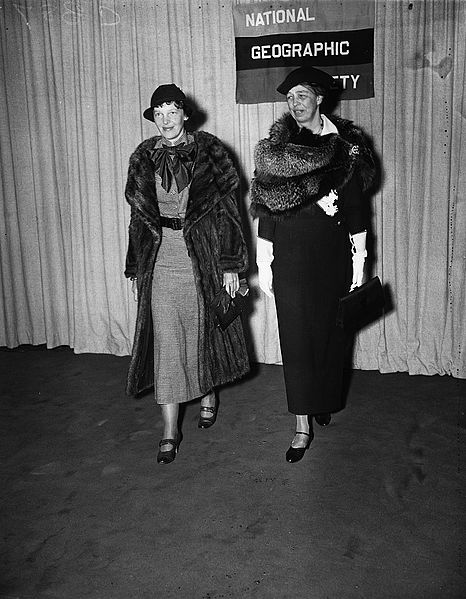
Nancy Love became the first woman to fly World War II fighters, including the B-25 and B-17 bombers. Barbara London, commander of the Los Angeles WASP (Women Airforce Service Pilots) squadron, handled every Army bomber and fighter built — one of only two women to claim that distinction.
What these talented women couldn’t claim: the connections that Earhart had at her disposal. Her image was carefully crafted by her husband, George Putnam, an American publisher (his grandfather was the founder of the publishing house G.P. Putnam’s Sons) and master promotor, who organized her lecture tours, product endorsements, and public appearances. Some regarded him as something of a Svengali.
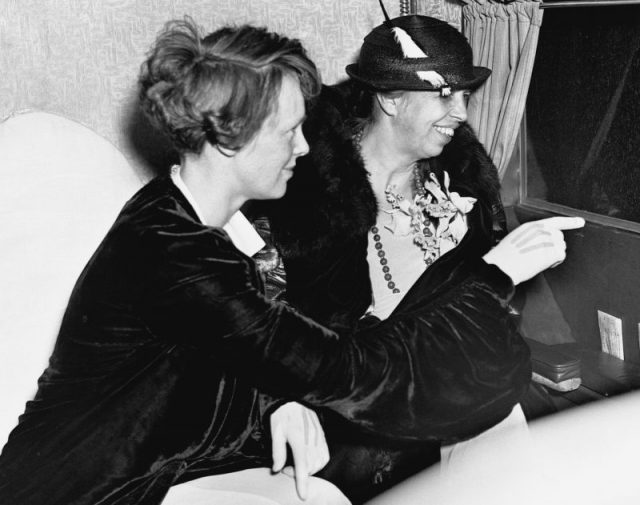
By the time the Amelia’s plane the Friendship took off, Putnam had nabbed a $10,000 deal for Earhart’s first hand account of her fight. Not that Earhart was a shrinking violet. As pilot Elinor Smith would note: “Amelia was about as shy as Muhammad Ali.”
In 1937, Earhart and navigator Fred Noonan set out to circumnavigate the equator. Had they succeeded, Earhart would have landed in the record books. (Other pilots had circled the globe, but used shorter routes.)
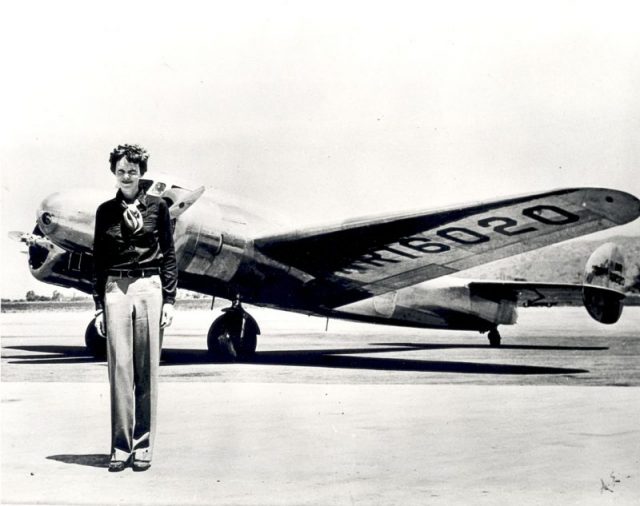
On July 2nd, the pair were on the most difficult part of their journey — attempting to fly from Lae, New Guinea to tiny Howland Island, some 2,500 away — when they lost radio contact with the U.S. Coast Guard.
Historians and aviation experts believe that Earhart didn’t fully understand her radio equipment which could have played a big part in their disappearance.

In a story for The Atlantic about the enduring Earhart myth, Lane Wallace, herself a skilled pilot, observes, “As for the great mystery surrounding her disappearance … I don’t know a lot of pilots who think it’s such a great mystery.
I’ve flown in the South Pacific. It’s a horizon-to-horizon stretch of unmarked nothing. And in the 1930s, it was far easier to get lost and crash there than it was to reach any destination safely.” Simply put, Earhart was in way over her head.
While Americans mourned, Earhart’s critics pounced, calling her doomed flight little more than a foolish, frivolous publicity stunt that, ultimately, cost taxpayers dearly — courtesy of an uber-expensive rescue mission (66 aircrafts and nine ships, for a tidy sum of $4 million), ordered by President Roosevelt, a fan of Earhart, as well as a friend. Even many of her friends were left shaking their heads.
Read another story from us: The Giant Coconut Crab and Amelia Earhart’s Final Moments
In Susan Butler’s Ease to the Dawn: The Life of Amelia Earhart, Captain Hilton H. Railey, who had helped launch the pilot’s career, says that Earhart was “caught up in the hero racket.” Nonetheless her courage cannot be questioned.
